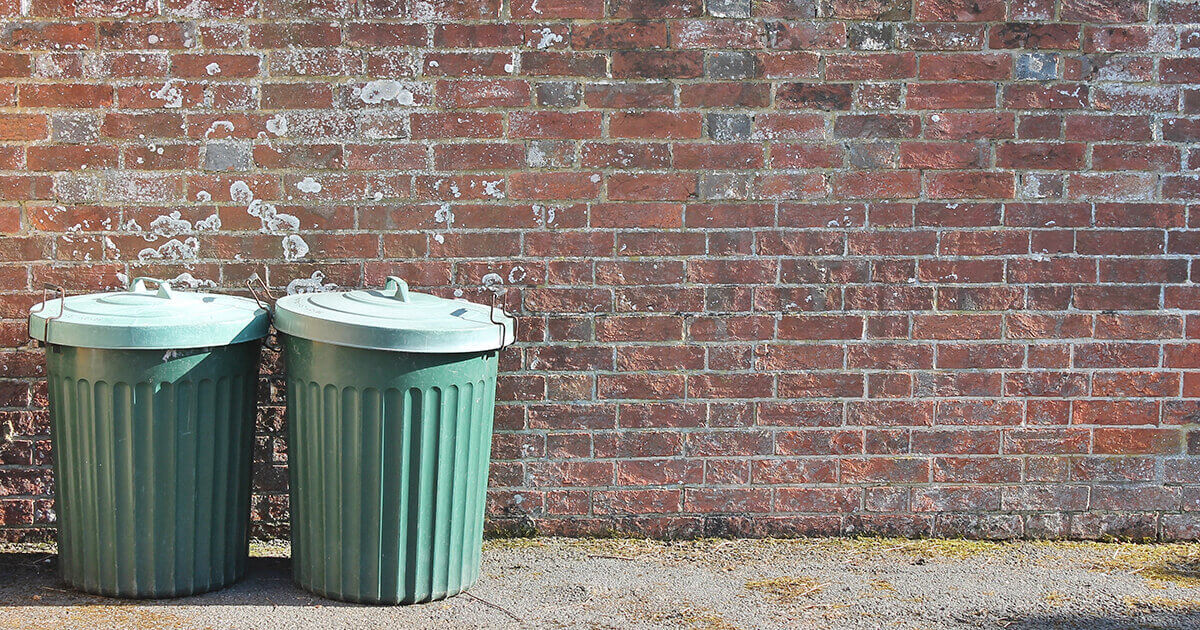Just like defining the basic concept of your newsletter, you must also invest enough time in developing the content. Research and plan themes and topics over the long term, but also taking into account current events, in order to propose a added value to your readers. In addition, you will facilitate the understanding of the content thanks to a good structuring. To develop appropriate and effective content to create a newsletter, the following aspects must be taken into account:
Style and Structure
Always keep in mind that you are writing newsletters for your readers. It is important to use the right tone. Show your expertise to your readers but don’t shut them out by using too many technical terms or overly complex facts and explanations. The more accessible your newsletters are written, the greater the likelihood that they will be read. This is an opportunity to build some loyalty, at least a bond of trust with your readers. Likewise, the structure of your newsletter is significant. Structure your content with meaningful headings and paragraphs. A good structure is important for the first impression and makes it easier for the reader to understand your text.
Pictures
Photos and graphics are a simple and effective way to clarify your newsletter. With quality photos you highlight more easily your company, your products or services, rather than with words. In addition, images allow you to air your mail, especially between long paragraphs. However, always be careful to own the rights to use an image, in order to be able to integrate it into your newsletter.
Volume
Whether you want to integrate a text or an image, you will have to be careful not to go beyond the scope of the newsletter. Your goal should be to create a limited number of small blocks of text and images to form a coherent whole. If you have a blog, for example, it would be appropriate to present in your newsletter a short summary of your contributions published on your blog and to offer access to the latter via a hypertext link. This principle also applies to infographics: an extract is presented in your newsletter and includes a link to direct the reader to the full graphic. To ensure that your newsletter is loaded quickly and does not end up in your junk mail or spam, you must always pay attention to the volume of your files.
Optimization for all devices
What goes for a website also goes for a newsletter: the days when all IT activities were done from a desktop PC are over. Many users regularly review their emails since a tablet or smartphone, which is why it is so important to design newsletters that can be displayed on these media in an optimal way. Line break problems or disproportionate images that cannot be displayed on small screens convey an image of amateurism, in addition to reducing the interest of readers. Check out our digital guide to newsletter templates for more information.
Interesting and relevant topics
Two aspects play a particular role when it comes to choosing the topic: a personal connection to your business and relevance to the reader. THE relevant anecdotes or quotes are excellent for the introduction of your newsletter and make readers want to read on. How will you integrate your products or services into the theme of your newsletter? It’s up to you to weigh the pros and cons. It is generally recommended not to spend more thana fifth of the newsletter for advertising content. An interesting possibility to indirectly integrate your products into the newsletter is the publication of contests, discounts or other promotional actions. We must also pay attention to the subject of the email, which appears in the famous subject line: this must be particularly interesting and relevant to capture the attention of the recipient when he discovers his new messages in his box. reception. Always keep in mind that your email address and the content of your subject line are often the only elements that will decide whether the recipient will open your newsletter or not.




